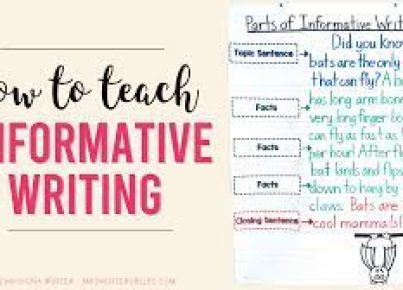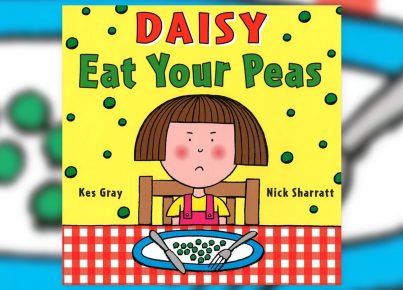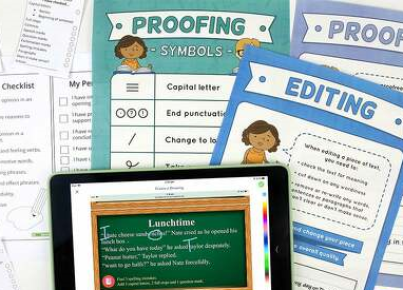Persuasive writing is a critical skill that enables children to articulate their thoughts, opinions, and arguments effectively. A persuasive writing scaffold serves as an essential tool to support kids in constructing coherent arguments and presenting them convincingly. The scaffold, much like its physical counterpart in construction, provides a framework that guides young writers through the various stages of crafting a persuasive piece.
Scaffolding for persuasive writing begins with the introduction of the persuasive text’s basic structure, which typically includes an introduction, body paragraphs with supporting arguments, and a conclusion. This familiarizes children with the foundational layout before they delve into more complex aspects of argumentation.
The next layer of scaffolding involves teaching students how to generate ideas and content for their writing. This can involve brainstorming sessions, mind mapping, or discussing current events pertinent to the topic at hand. Kids are encouraged to ask questions like “What do I feel strongly about?” or “Why should someone agree with my point of view?” By exploring these questions, children learn to identify their stance on a subject and find compelling reasons to support it.
Vocabulary development is another crucial aspect of the scaffold. Persuasive writing requires words that convey certainty and conviction. Children learn to use strong adjectives, verbs, and adverbs that make their arguments more compelling. Phrases such as “It is essential that…”, “There is no doubt that…”, or “Consequently…” help maintain a persuasive tone throughout their piece.
Furthermore, effective persuasive writing scaffolds incorporate elements of critical thinking by teaching kids to recognize different perspectives. They learn how to anticipate counterarguments and how to rebut them respectfully and logically. This promotes a deeper understanding of the topic and a more robust argumentative structure within their writings.
An emphasis on transitional phrases not only enhances the fluidity of their arguments but also helps in structuring the text so that it’s easier for readers to follow the line of reasoning. Transitions such as “Furthermore”, “In addition”, or “However” aid in connecting ideas between paragraphs seamlessly.
Finally, providing kids with opportunities for peer review and feedback allows them to refine their thoughts and arguments further. Such interactions enable young writers to view their work critically through others’ eyes and make necessary adjustments before presenting their final piece.
In summary, persuasive writing scaffolds help children learn to express themselves convincingly by providing step-by-step support in building strong arguments. Through this structured approach, kids enhance their critical thinking skills, expand their vocabulary, understand various viewpoints, improve coherence in their writing, and gain confidence in presenting persuasive arguments effectively.





